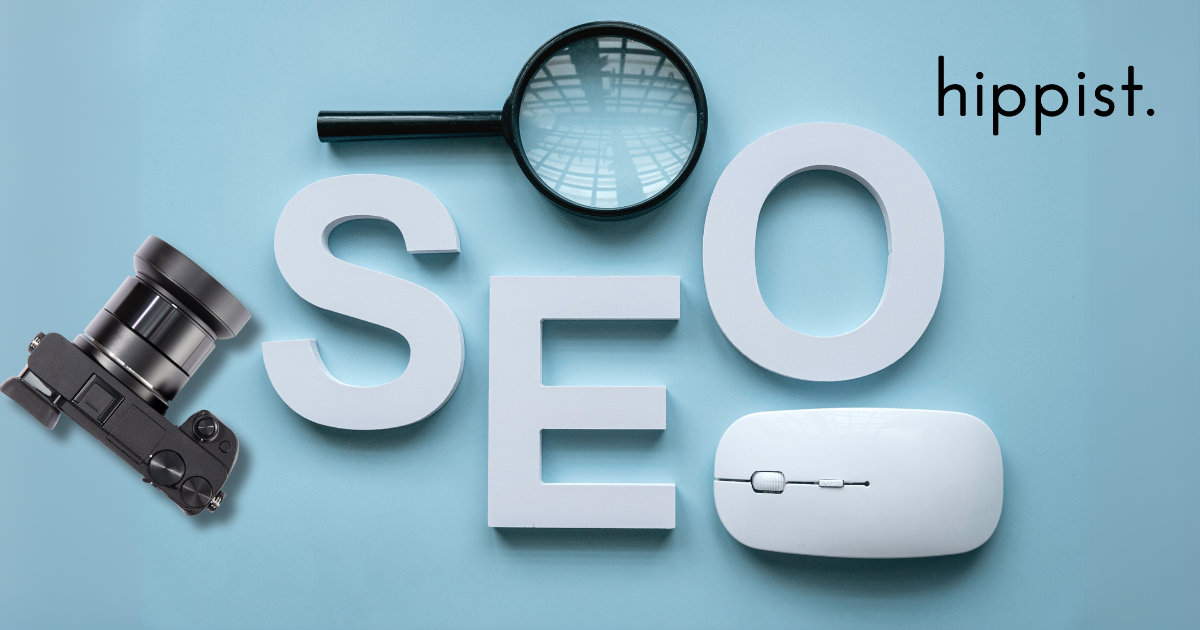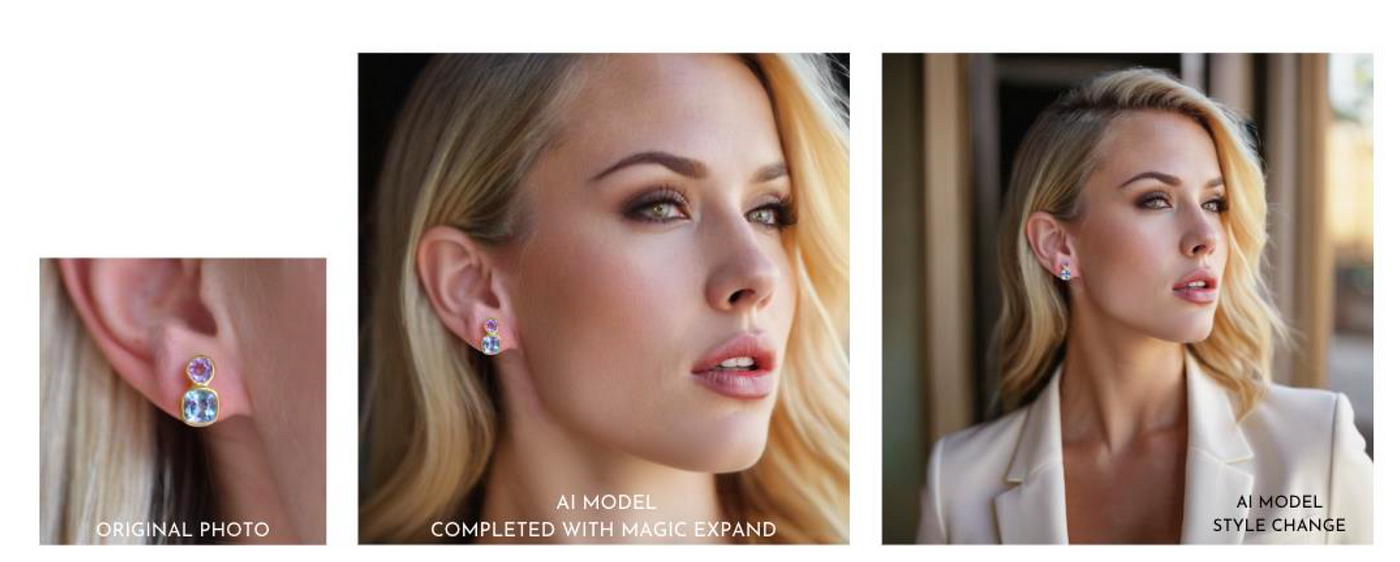
Image SEO is an essential component of any e-commerce strategy. Optimizing your images can help you rank higher in Google search results, making your website more discoverable and driving more traffic to your store. In a world where visual content can make or break a sale, image SEO is a crucial tool to ensure your product images get the attention they deserve.
In this blog, we’ll explore the best practices for optimizing images for search engines, including a new tip on using unique images with hippist AI to boost your rankings.
What is Image SEO?
Image SEO refers to the process of optimizing your website’s images so they’re easier for search engines to find, understand, and rank. The better your images are optimized, the more likely they are to appear in search results, boosting traffic to your website and potentially driving sales.
Image SEO can be approached from several angles:
- Use high-quality, unique images: This helps create a positive user experience and makes your images more likely to appear in search results.
- Use clear, descriptive file names: Search engines can’t interpret the content of your images, so it’s essential to use names that clearly describe the image.
- Utilize alt text: Alternative text describes an image for users with visual impairments and helps search engines understand what the image represents.
- Optimize image size and loading speed: Search engines favor fast-loading pages, so ensure your images are appropriately sized without sacrificing quality.
Best Practices for Image SEO
1. Place Quality Images on Every Page
For e-commerce websites, images are crucial. Shoppers expect high-quality images of products to help them make purchasing decisions. High-quality images also improve your chances of ranking in Google image search. Don’t just rely on one photo; offer multiple angles, different backgrounds, and even lifestyle shots that show the product in use.
2. Use Straightforward File Names
Make it easy for search engines to understand your images. Instead of generic names like “IMG_554509405940.jpg,” use descriptive file names like “red-leather-handbag.jpg.” This helps search engines understand the image content, which can boost your visibility in search results.
3. Create an Image Sitemap and Use Structured Data
An image sitemap allows search engines to find and index your images more efficiently. Structured data adds context to the images, giving search engines important details about the content, which helps them rank your images higher in search results.
4. Use High-Resolution Photos
Google favors high-quality images, as they provide a better user experience. Low-resolution or blurry images are less likely to rank well. Aim for images with at least 1200px in width to ensure they look great across various search engine result pages.
5. Optimize Load Time with Resizing
Large image file sizes can significantly slow down your website. To improve load times and maintain SEO performance, resize your images before uploading them. Aim for file sizes under 100KB for optimal performance.
6. Keep Different Screen Sizes in Mind
Make sure your images are responsive and adjust to different screen sizes. This will improve user experience across mobile, tablet, and desktop devices, which search engines like Google use as ranking factors.
7. Utilize Alt Text
Alt text provides a description of the image, which helps search engines index the image. Use clear and concise descriptions of your images to ensure that search engines understand their content.
Use Unique Images to Stand Out: The Power of hippist AI

When it comes to image SEO, unique images are a key factor. Search engines like Google rank original images higher than stock photos or images used on multiple websites. By creating unique and tailored visuals for your products, you can help your site stand out and improve its SEO.
This is where hippist AI shines. With hippist AI, you can quickly generate unique and high-quality images for your products, making it easier than ever to optimize your image content for search engines. Instead of relying on stock photos that may appear on hundreds of other sites, you can use hippist AI’s advanced tools to create fresh, original product images.

How hippist AI Helps with Image SEO:
- Generate Unique Product Photos: hippist AI allows you to create original product images with a variety of backgrounds, styles, and settings. This gives you the ability to create one-of-a-kind visuals that set your brand apart and help you rank higher in search results.
- Optimize Images for Various Platforms: hippist AI helps you tailor your images for use across different platforms, whether it’s on your website, social media, or marketplaces. This flexibility ensures that your images are optimized for all search engines.
- AI-Driven Image Resizing: hippist AI ensures that your images are properly resized and compressed, maintaining the high quality of your visuals while ensuring fast load times for better SEO performance.
By leveraging hippist AI, you can create unique images that help enhance your website’s visibility and search rankings, all while offering a superior shopping experience for your customers.
Conclusion
Image SEO is a powerful tool for driving traffic to your website and improving your ranking in search engine results. By following best practices like using high-quality images, descriptive file names, and optimizing load times, you can boost your website’s visibility and enhance the user experience.
With the added power of hippist AI, creating unique and optimized images for your e-commerce store has never been easier. Whether you’re looking to enhance product photos, create A/B testing variations, or generate high-quality visuals quickly, hippist AI provides a seamless solution that can elevate your image SEO efforts.
Start leveraging the power of image SEO and hippist AI today to improve your search rankings and drive more traffic to your store!



